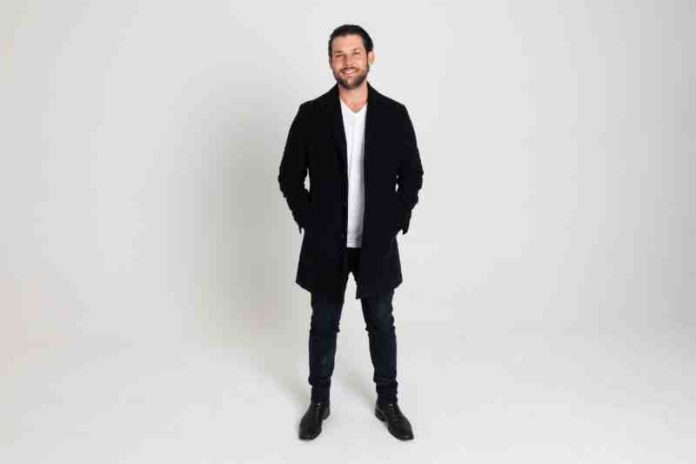Influencer marketing works just like any other publishing or advertising outlet. Influencers have an audience you want to advertise to and they tend to be the most authentic way to get your message to that audience.
By Anthony Richardson
When we run a newspaper ad we’re paying for circulation, not print-run. For a digital ad we pay for viewability, not reach – these stats let us know how many people will actually see our ad and help us determine its value. Influencer marketing or advertising is no different.
We see influencers with 138K followers reach an average of 38K, and on the other hand, influencers with only 9K followers reach over 89K. When a brand trades on follower size alone they get no indication of how many unique accounts will actually see their content or where in the world those unique accounts are, providing no way to determine an expectation of ROI. It seems brands are often paying a lot more only to reach fewer people.
For example, if you’re an Australian bikini brand, chances are you want to advertise to an audience likely to buy your product. Sure, that supermodel with over 1 million followers might look pretty good in your product but I’m not sure how many of her mostly male followers based in Brazil will have an impact on your bottom line.
We are all well aware of influencer fraud and the fake follower phenomenon – it’s dominated headlines for a while now. Truth is, none of that really matters when we move our attention from followers to the viewability of the ad – this is measured as ‘True Reach’. Not all followers are equal. Some may be fake, some more active than others and from different parts of the world. Every influencer has an audience that can be valuable to a brand. Just how much of it is valuable, and how valuable, can only be determined by transparent, credible data.
Getting the right data to make those decisions can be tricky though. Instagram made changes to its API last year that meant a bunch of analytics platforms lost access to influencers’ audience demographics data, and in order to keep their business afloat had to find other, far less ethical or accurate ways of getting it. This change also meant these platforms can no longer provide the viewability of the content on each account before you engage the influencer.
Many platforms use ‘AI’ or machine learning to do a lot of guesswork by taking a piece of public information, like a profile picture or bio, and running it through a series of algorithms and facial recognition to make assumptions about a user and their audience. What comes out the other end is often inaccurate – this is the data brands are often using to inform huge spending decisions.
The only way to access reliable and accurate data is for the influencer to share it with you. Free platforms like Q-83 allow influencers to opt-in and share accurate, first-party data with brands and agencies to transparently show the value they offer.
Before you engage any influencer regardless if it’s paid or contra take the time to evaluate the true reach of their content and ensure their audience matches your market. If they aren’t willing to share that information with you, are they really worth the investment?
Anthony Richardson is the CEO of Q-83 Technology







